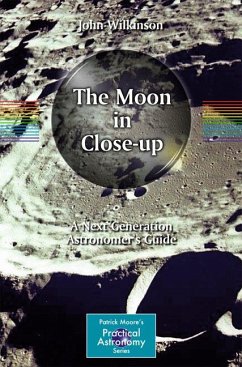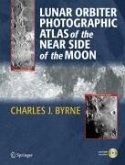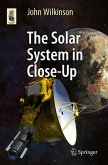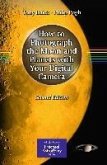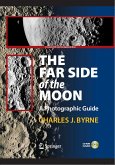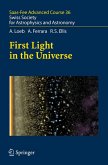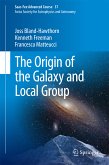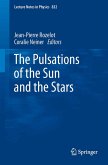Information collected by recent space probes sent to explore the Moon by the USA, the European Space Agency, Japan, China and India has changed our knowledge and understanding of the Moon, particularly its geology, since the Apollo missions. This book presents those findings in a way that will be welcomed by amateur astronomers, students, educators and anyone interested in the Moon. Enhanced by many colour photos, it combines newly acquired scientific understanding with detailed descriptions and labelled photographic maps of the lunar surface. Guided by observation methods explained in the book and 17 Study Areas presented and carefully explained in the last chapter, amateur astronomers can observe these features from Earth using telescopes and binoculars. Readers who consult the photographic maps will gain a better understanding about the Moon's topography and geology. The book is rounded out by a helpful glossary.
Dieser Download kann aus rechtlichen Gründen nur mit Rechnungsadresse in A, B, BG, CY, CZ, D, DK, EW, E, FIN, F, GR, HR, H, IRL, I, LT, L, LR, M, NL, PL, P, R, S, SLO, SK ausgeliefert werden.

